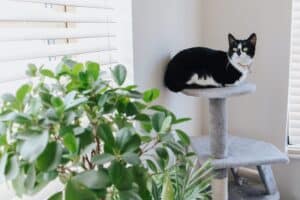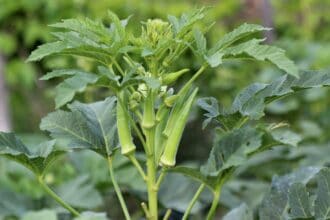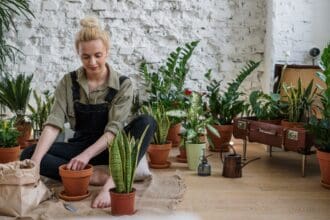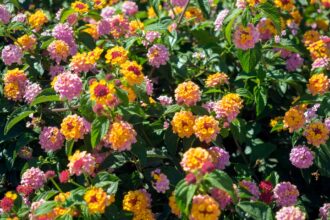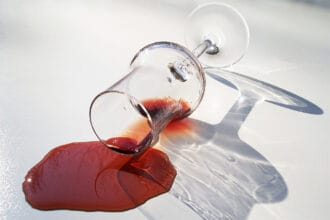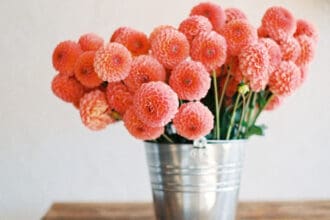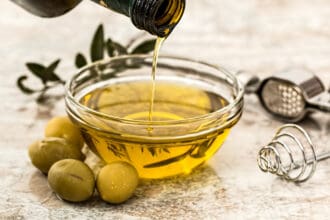
via: Pexels / Anete Lusina
Pets are fun to have around the home.
But once we embrace the responsibility of becoming a fur parent, we have to make our home a haven for them. It will include knowing that your pets will have to dig in your plant pots. It would be vital to know different pet-friendly indoor plants you can have around your pets to keep them safe.
As a plant expert featured on websites like Constant Delights, I'll share with you the best nontoxic plants out there that are safe for your fur babies!
So jump in and read.
Contents
What Makes a Plant Pet-Safe?
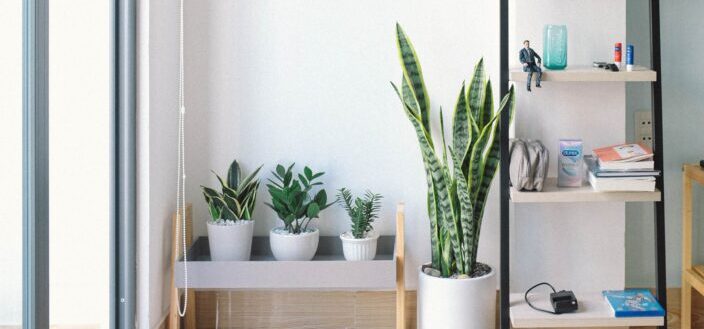
via: Pexels / Huy Phan
Plants produce toxins mainly to protect themselves from threats such as predators, animals, and insects. Since it cannot move, it developed its natural defense mechanism.
There are many poisoning cases from plants, especially pets who get their paws on these greeneries. These toxins also react in different ways to different animals; say one that does not affect cats does not mean it is safe for dogs.
A Pet-safe plant does not contain or release any toxins that may harm your fur babies. Plants containing toxins may lead to some serious illnesses once ingested, both by animals and humans. They can also cause skin irritation, and induce vomiting and diarrhea. So as long as a house plant does not give off this effect, we can say that it is perfectly safe.
5 Most Pet-Friendly Indoor Plants That Add Greenery Without The Worry
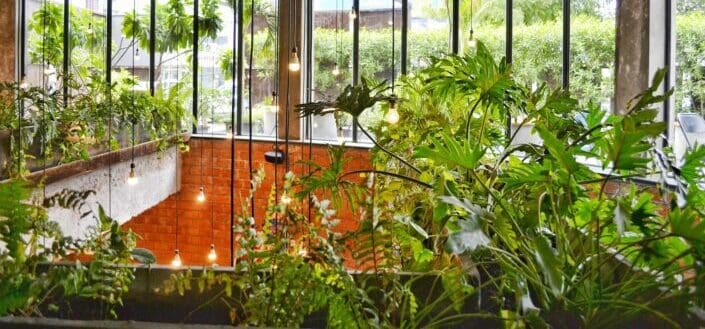
via: Pexels / Capricious Wayfarer (Saptarshi)
Who would have thought that plants, as essential as they are in our ecosystem, can also be harmful? If you're looking for house plants to add to your home, these 5 nontoxic house plants are safe for children and pets;
1. Christmas Cactus
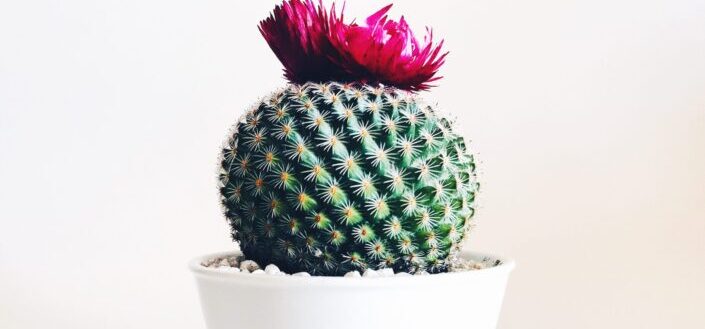
via: Unsplash / Stephanie Harvey
Instantly brighten up your living space with this scarlet beauty. This vibrant plant is native to the mountains of Rio De Janeiro, so make sure it gets an ample amount of sun every day. Christmas cactuses don't need much water to propagate, which works great if you don't necessarily have a green thumb. This plant is indeed a gift that keeps on giving.
2. African Violet
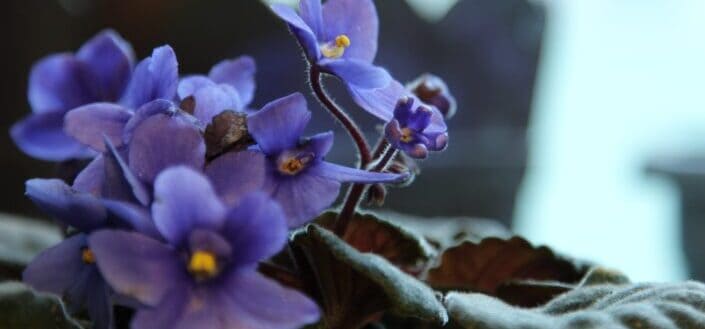
via: Unsplash / Corina Bianca Alb
The green furry leaves that are pleasant to the touch are a bonus to the many different colors and patterns its flowers can produce when tended to properly. As long as you place them in bright indirect light and regularly water and tend to the soil, you will be rewarded with an eye-catcher or a good accent piece for your room.
3. Succulents
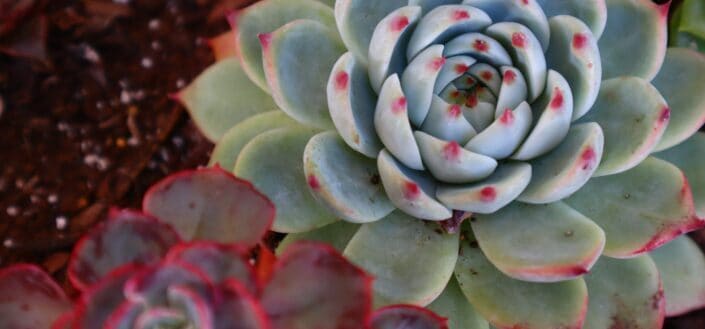
via: Unsplash / Chloe Chandler
Succulents are probably the easiest indoor plant to take care of. They don't need a lot of direct sun and water, making them perfect indoor plants. I mean, how can you not get these plants for your home?
They're adorable! You can even grow them on your own. This article is an in-depth guide on how to propagate succulents.
4. Boston Fern
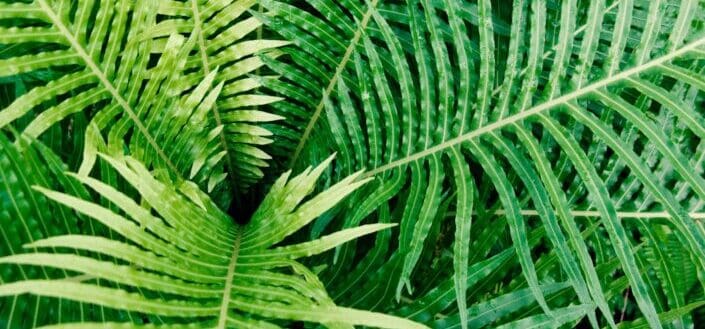
via: Unsplash / Katie Wasserman
The beautiful Boston fern is safe for both cats and dogs. This is an easy-care plant, requiring indirect sunlight and a high humidity level. You can spray the soil with water to keep it damp and happy.
5. Friendship Plant
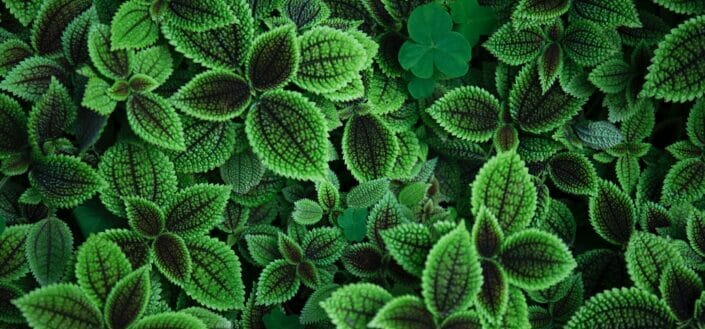
via: Unsplash / Ren Ran
Aside from being pet-friendly, this plant boasts patterned leaves and pale pink flowers that bloom from time to time, making it an excellent decor for your home. You can keep it indoors, but let it bathe in the bright light a few hours a day.
Adding indoor plants to your home is the easiest way to breathe life and color into your living space. If you have a pet or a child at home, before purchasing a houseplant, it's always best to check if they're safe or not.
There are many pet-safe plants out there for you to choose from. You can include on this list the prayer plant, spider plant, ponytail palm, and even air plants such as the staghorn fern and moth orchid.
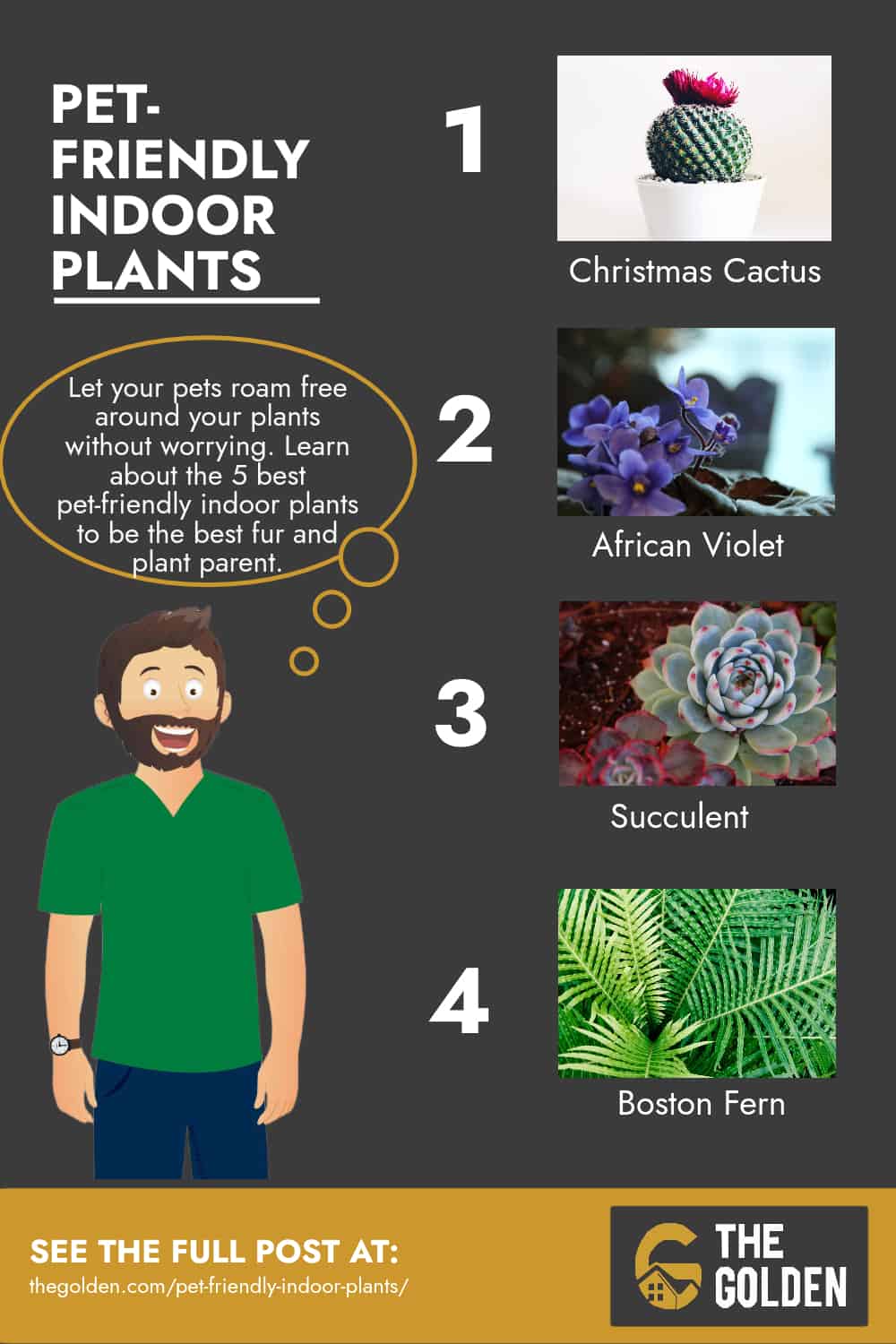
via: TheGolden
Share This Image On Your Site
5 More Gorgeous House Plants That Are Safe For Your Pets
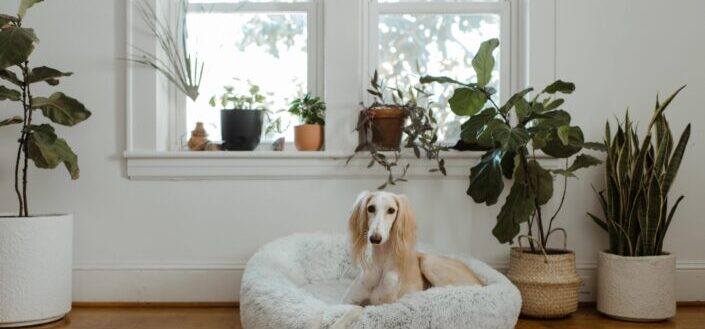
via: Unsplash / Chewy
One of the many good reasons to have plants inside your home is to add aesthetics which can help relax and ease the mind. On our list are not only pet-friendly houseplants, but they are also lovely to have around the house.
#1. Baby Tears
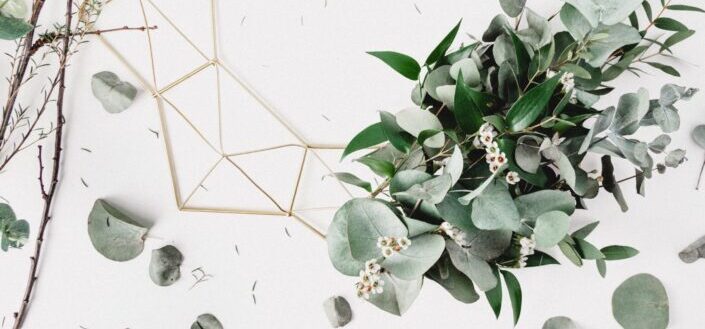
via: Unsplash / Georgia de Lotz
Baby tears is a pet-friendly plant that's easy to grow. This type of moss grows tiny leaves and flourishes in low light, so it's perfect for having indoors. Keep their soil moist and rich since they easily wither when they dry out.
They are best grown in terrariums where you can control the humidity, which these plants love.
#2. Bamboo Palm

via: Unsplash / Kenrick Baksh
This evergreen plant, also known as the parlor palm, is sought after by gardeners and plant enthusiasts for its green foliage year-round, coupled with some yellow flowers when they are in bloom. But aside from this, bamboo palms are great for your pets, and they help purify the air around the house. It is low maintenance and does not need too much direct light.
#3. Burro's Tail or Donkey Tail Succulent
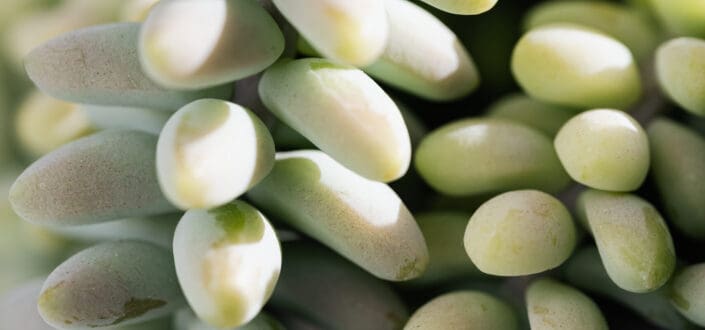
via: Pexels / Karolina Grabowska
This adorable plant is not only safe for pets, and it's safe for kids as well. These succulents are native to Mexico. It grows these fun-shaped leaves in the tendrils resembling that of a donkey's tail.
They can grow long and make wonderful decors when grown in hanging baskets. These other types of succulents are also called donkey tail, which is toxic, so better not confuse them.
#4.Haworthia
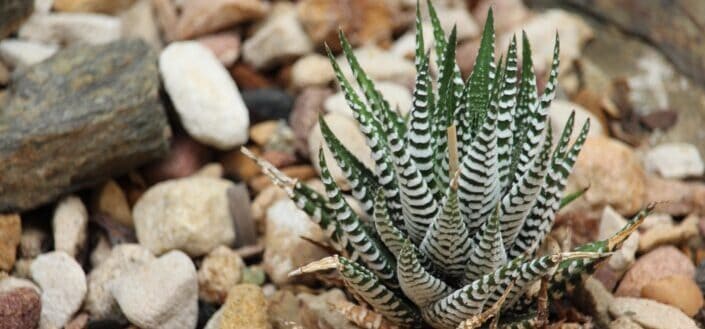
via: Unsplash / Elliot Cullen
This pet-friendly houseplant, also called the zebra plant, is another type of succulents that resembles aloe. But what makes it stand out are the pointy leaves and the white stripes or dashes on them. They are easy to take care of and can tolerate minimum to low light, but not for a long time.
Add this beauty to your home without worrying about your pets.
#5. Swedish Ivy or Creeping Charlie
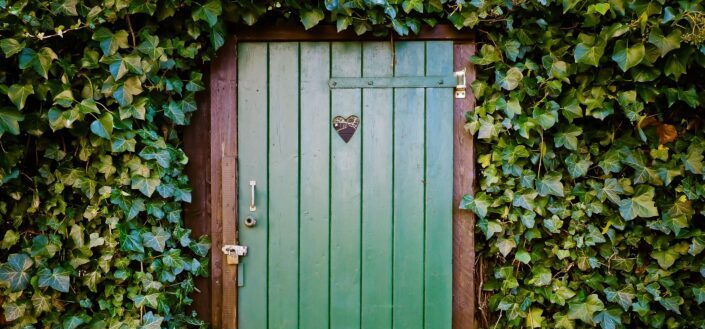
via: Pexels / Pixabay
Although named Swedish Ivy, this plant is not a true ivy. A true ivy is a toxic plant and can be dangerous to animals once ingested. This plant has small round leaves and small bluish-purple flowers.
Cats are often found playing with the plant's long trail of leaves, especially when they are hanging. But don't fret. The Swedish Ivy is one of the pet-safe plants you can have at home. It is best to plant this in loamy soil and place it by the window for that bright indirect sunlight.
Frequently Asked Questions

via: Unsplash / Evan Dennis
It is not always easy for your plants and pets to live in harmony. Here are some questions that boggle the minds of pet and plant owners on how to keep both of them alive and well.
What to do if your pet eats a poisonous plant?
First, look for the possible culprit and remove it from inside the house. Then watch for the signs of poisoning. Different toxic houseplants have varying effects on animals, but the most common ones are vomiting, diarrhea, nausea, anxiety, even seizures, and heart failure.
It is possible, though, that symptoms don't manifest yet. Still, it is best to call a veterinarian and give him the details of the source of poison and the symptoms your pet is having.
How do I keep my dog out of my raised garden?
It is difficult for pets and plants to coexist, especially if dogs start digging in your garden. To avoid this, create a fence or barriers around your plants. You can use plants with unpleasant smells for your dogs or those prickly ones with thorns.
You can also play with them or leave chew toys around the garden so they can get distracted and stimulated. Doing these will get your furry friend occupied.
Why do dogs tear up plotted plants?
Dogs are the biggest culprit for tearing up gardens and potted plants. But why? Well, separation anxiety is one thing to look at. When dogs are away from their owners more than how much they are used to, they become anxious.
Another one is boredom. When they don't get to use up their energy through playing or running, they will start clawing on your precious greens. But watch out for when they start chewing on your plants. When dogs feel something out of the usual or accidentally ingest something that makes them sick, they depend on plants to feel better.
Are vegetable plants poisonous to animals?
You might think that vegetables are all good, but a number of them could put your pet's life in danger. The most common are onions and garlic. Although small amounts wouldn't harm your pets, too much of them could affect their red blood cells. Another one is broccoli which can affect and irritate their stomach.
More Plant Guides To Explore
There are thousands of ornamental plants out there to enhance your home. Scout for a good one that you can raise and take care of.
- Bathrooms are the most used place in your home. Make it a place of tranquility and relaxation by looking at some of the best plants for the bathroom.
- Yellow blossoms are fun to have around the home. Aside from being easily spotted in a field of greens, these flowers give out energizing warm and positive feelings. Choose from the different types of yellow flowers and make your home more welcoming.
- When choosing houseplants, you should consider your space, your source of water, and the amount of direct sunlight hitting your area. Drought-tolerant plants are best if you live in sunny states with very few rainy days and a low water supply.
- Do you know how to plant a succulent? If you don't know yet, now is to learn about it. Succulents are excellent plants to adorn your home. They are low-maintenance plants, and they do not need watering every day. Show your creativity by arranging succulents, putting them in artistic containers, you name it.
In Conclusion
Having indoor plants make the atmosphere inside your home more warm and calm. But you don't have to choose between having pets and plants inside your house. Go for those pet-friendly indoor plants to add some beautiful touch to your home without compromising the safety of your pets and yourself as well.


